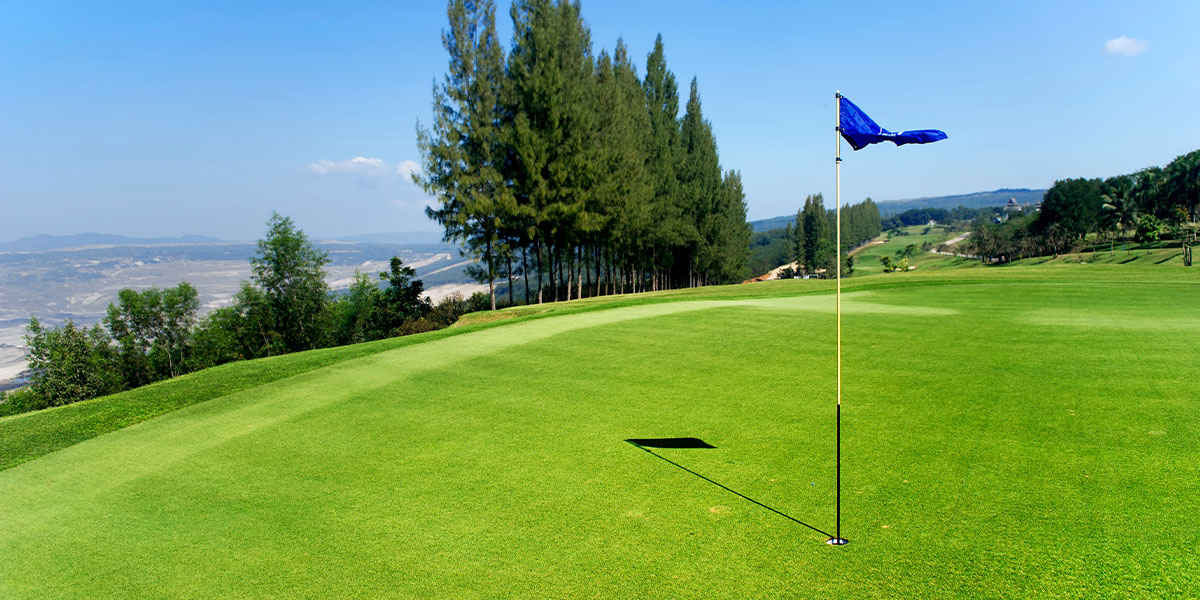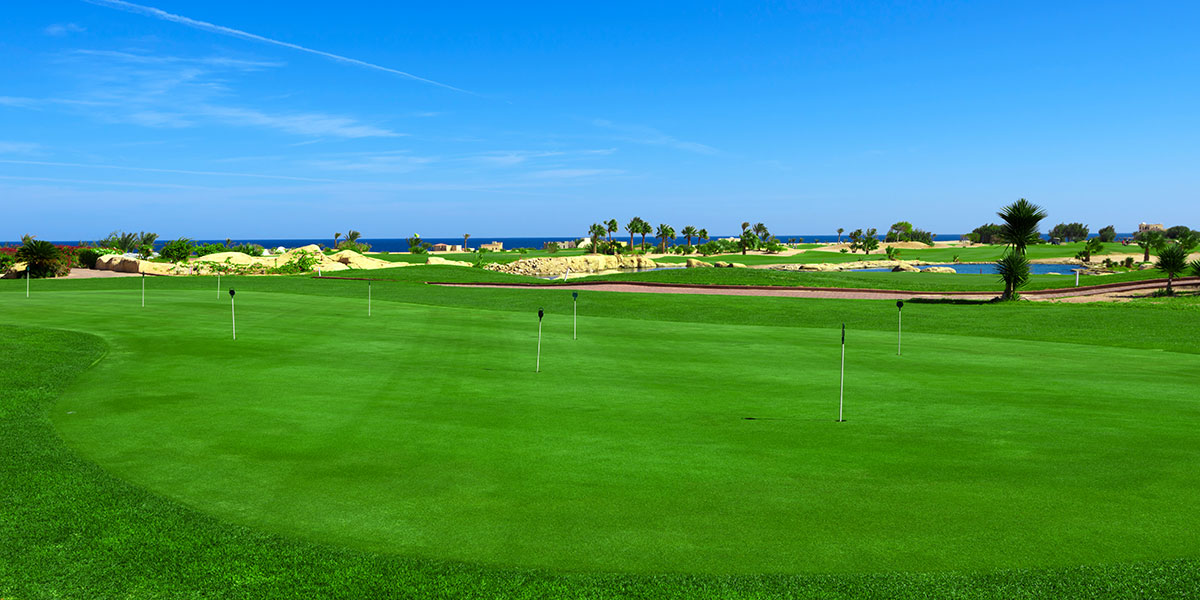Golf is not just a sport; it is also a way to be close to nature and relax. Building a golf course is both a challenging and enjoyable process for golf enthusiasts who want to create a special space. In this blog post, we will provide a detailed guide on building a golf course using golf turf. Solutions will be offered for every need, from professional golf courses to smaller golf areas that you can use in your backyard. Additionally, we will discuss cost calculations and key points at each stage.
Area and Design Needed for the Golf Course
Before starting the construction of a golf course, it is important to determine the area you can use and the design suitable for that area. The size of the area varies depending on the type of golf course. For a professional golf course, you will need a minimum of 5,000 square meters. However, if you want to create a small golf area in your backyard, an area of 100 square meters may suffice.
- Professional Golf Course: An 18-hole golf course generally requires an area between 60,000 m² and 80,000 m². In the construction of such a course, attention should be paid to the distance between each hole and the slope of the area.
- Golf Area in the Backyard: Creating a small golf area at home or in the garden offers a more compact and cost-effective solution. These areas can typically be constructed in spaces ranging from 100 m² to 500 m².
In the design of the course, natural slopes and appropriate gaps must be left in a way that will not obstruct the movement of the ball. That is, the correct slope and distances must be determined for the ball to move smoothly.
What is Golf Turf and Why is it Used?
Golf turf is synthetic grass used in place of natural grass. There are many advantages to using golf turf in the construction of a golf course. The most obvious advantage is that it is much easier to maintain. While natural grass requires maintenance depending on weather conditions, golf turf provides the same performance in all weather conditions throughout the year. Additionally, golf turf offers a playing experience that closely mimics how the ball moves on natural grass.
Golf turf is generally made from 100% UV-protected and durable materials. This allows for the creation of a long-lasting and healthy playing surface. Some factors to consider when choosing golf turf include:
- Durability: It must be resistant to harsh weather conditions.
- Ball Roll: The ball must roll smoothly, just as it would on natural grass.
- Comfort: It should create a comfortable surface for players.

Ground Preparation and Infrastructure
Before installing golf turf, proper ground preparation is required. This stage ensures the long lifespan of the golf course. Ground preparation can begin with the following steps:
- Excavating the Soil: The existing soil in the area where the course will be built is excavated and leveled. At this stage, the existing natural grass or surface may need to be removed.
- Water Drainage System: Golf turf needs a proper drainage system for water to flow smoothly. Therefore, a drainage system should be installed beneath the surface.
- High-Quality Filling Materials: The ground should be covered with special filling materials to ensure that the golf turf settles properly. These materials make the surface solid and durable.
- Golf Turf Installation and Placement
Golf turf must be carefully placed to create a smooth and aesthetically pleasing playing area. The installation process can follow these steps: - Cutting the Turf: The golf turf should be cut to fit the application area. Each area should be measured, and the turf should be cut accordingly.
- Gluing and Securing: The cut turf pieces are secured to the ground. Typically, turf is glued down, ensuring a firm connection to the surface.
- Hiding the Seams: The seams between the turf pieces are hidden to make the surface appear seamless. This process provides a more aesthetically pleasing look.
Professional Golf Course vs. Backyard Golf Course Construction
The choice of individuals who want to build a golf course generally depends on the size of the area and the intended use. While a professional golf course requires a significant investment and a detailed construction process, building a golf area in the backyard is a smaller, lower-cost, and quicker project.
- Professional Golf Course Construction:
- Cost: The cost of professional golf courses can range from 40,000 USD to 200,000 USD, depending on the materials and design used.
- Time: These types of projects are generally completed within 6 months to 1 year.
- Requirements: High-quality materials such as grass maintenance equipment, irrigation systems, large areas, and professional equipment are needed.
- Backyard Golf Course Construction:
- Cost: The cost for small-scale golf areas can range from 2,500 USD to 7,500 USD.
- Time: These types of projects can be completed within a few weeks.
- Requirements: Simpler designs and fewer materials may be needed for smaller areas.

Maintenance and Long-Term Use
Golf turf requires much less maintenance than natural grass. However, some maintenance procedures should be carried out for long-term use. Here are some points to consider for golf turf maintenance:
- Cleaning: Leaves and debris that accumulate on the turf should be regularly cleaned.
- Regular Brushing: The surface of the turf should be brushed to create a smooth and proper rolling surface for the ball.
- Systematic Check-ups: The drainage system and adhesive strength should be checked periodically.
Cost of Golf Course Construction and Return on Investment
The cost of building a golf course varies depending on the chosen material and the size of the area. The cost of golf turf may be lower than natural grass, but a professional golf course requires a significant investment.
- Professional Golf Course: The cost ranges from 40,000 USD to 200,000 USD.
- Backyard Golf Course: The cost ranges from 2,500 USD to 7,500 USD.
- Return on Investment: Golf courses can generate income through memberships and tournaments. Small golf areas in the backyard, designed for personal use, may offer a longer-term return on investment.
Building a golf course with golf turf is an excellent way to create both an aesthetically pleasing and functional playing area with the right design and high-quality materials. Although there are significant differences between a professional golf course and a small backyard golf area, both options provide golf enthusiasts with a unique experience.

